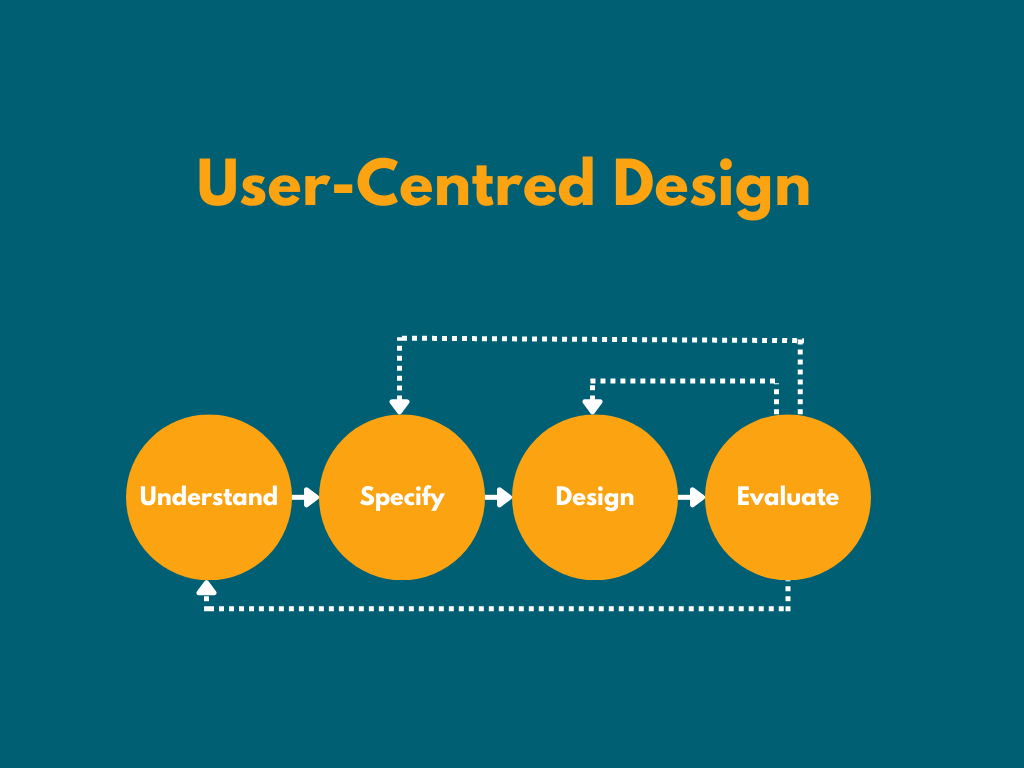
User-Centered Design: Why It Matters
In today’s digital landscape, creating software, websites, or mobile applications that resonate with users is crucial for success. The concept of User-Centered Design (UCD) places the end user at the core of the design process, ensuring that the final product is both functional and user-friendly. But why does User-Centered Design matter so much? Let’s dive into the key reasons.
1. Enhances User Experience
At its heart, User-Centered Design focuses on understanding users’ needs, preferences, and behaviors. By involving users at every stage of development—from research to prototyping and testing—companies can ensure that the final product meets users' expectations. When users find a product easy and enjoyable to use, it leads to higher satisfaction rates, which ultimately translates to customer loyalty and retention.
2. Reduces Development Costs
One of the significant benefits of UCD is that it helps identify potential problems early in the design process. Instead of waiting until the product is complete to discover issues, UCD encourages continuous user feedback, which can lead to quick fixes and fewer costly redesigns. This proactive approach reduces wasted resources, speeds up the development cycle, and ultimately saves money.
3. Increases Accessibility
A user-centered approach ensures that products are accessible to a wide range of users, including those with different abilities or limitations. By considering the diversity of your audience, UCD can help create inclusive digital experiences that everyone can interact with, regardless of age, experience, or disability. Inclusive design fosters a positive reputation and broadens your user base.
4. Boosts Business Success
When users enjoy interacting with a product, they’re more likely to engage with it frequently, recommend it to others, and develop long-term loyalty. A well-designed, user-friendly product increases conversion rates, sales, and overall business performance. Positive user experiences directly impact revenue growth and brand reputation in today’s competitive marketplace.
5. Fosters Innovation
User-Centered Design promotes continuous improvement and innovation. By consistently involving users in the process, companies can gather real-time insights into emerging trends, evolving behaviors, and new challenges that users face. This cycle of learning and adaptation leads to more innovative solutions that meet evolving market demands.
6. Improves Usability
The primary goal of User-Centered Design is to create products that are not only functional but also intuitive. Usability is key—if users struggle to navigate an app or find information on a website, they’re likely to leave and seek alternatives. UCD ensures that navigation is smooth, tasks are easy to complete, and interactions are seamless, leading to a more satisfying user experience.
7. Strengthens Customer-Centric Approach
Implementing User-Centered Design signals to your customers that their needs and experiences are your top priority. This builds trust and strengthens the relationship between your brand and its audience. When users feel that their voice is heard and their feedback matters, they become more invested in your product and are more likely to stay loyal to your company.
Conclusion
User-Centered Design is not just a trend; it’s a necessity in today’s competitive digital world. By putting users at the center of the design process, businesses can create more meaningful, accessible, and successful products. Whether it’s improving user experience, reducing costs, or driving innovation, UCD is a crucial strategy that pays off in both the short and long term.
At MLink, we believe in delivering user-centered digital solutions that not only meet but exceed expectations. Let us help you create products that your users will love. Contact us today to learn more about how we can help your business thrive through User-Centered Design.








